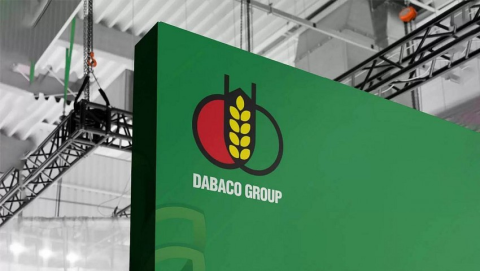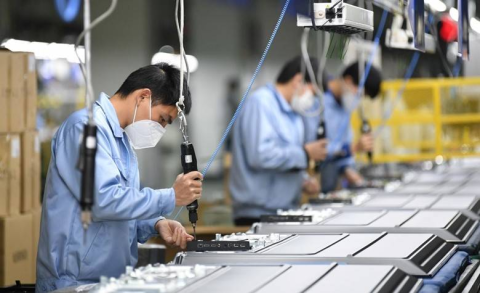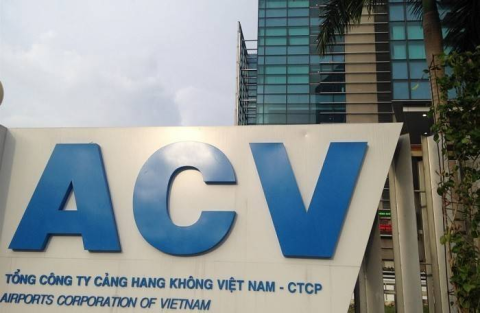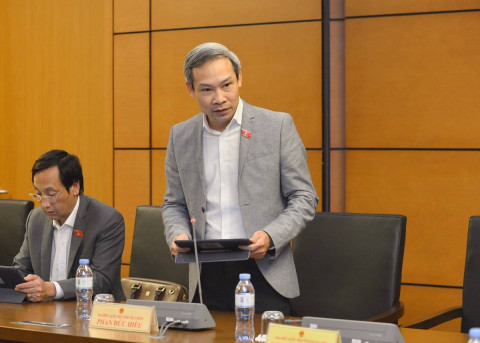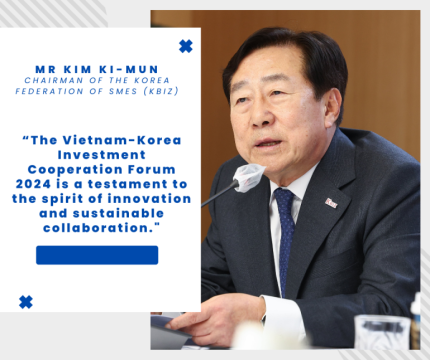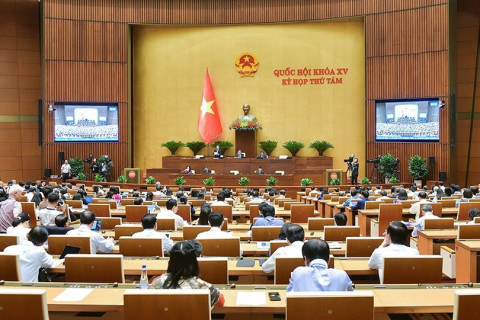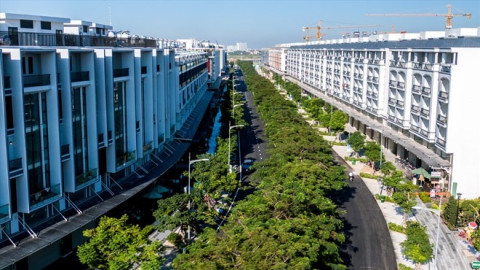Implementing trade agreements effectively, challenging Vietnamese businesses
- 192
- Enterprise
- 15:48 16/03/2022
DNHN - Vietnamese companies have gradually realized their commitments in trade agreements, especially new-generation Free Trade Agreements (FTAs). However, challenges remain in the effective use of these trades.
Increase trade
The Ministry of Industry and Trade has taken measures to help businesses take advantage of opportunities from deals to promote exports to markets of FTA-signing countries. MsNguyen Cam Trang, Deputy Director of the Department of Foreign Trade, Ministry of Industry and Trade, said that the most recent new-generation FTAs such as the EU-Vietnam Free Trade Agreement (EVFTA), Comprehensive and Progressive Agreement for Trans-Pacific Partnership (CPTPP) and the UK-Vietnam Free Trade Agreement (UKVFTA) have been proven to be in force.
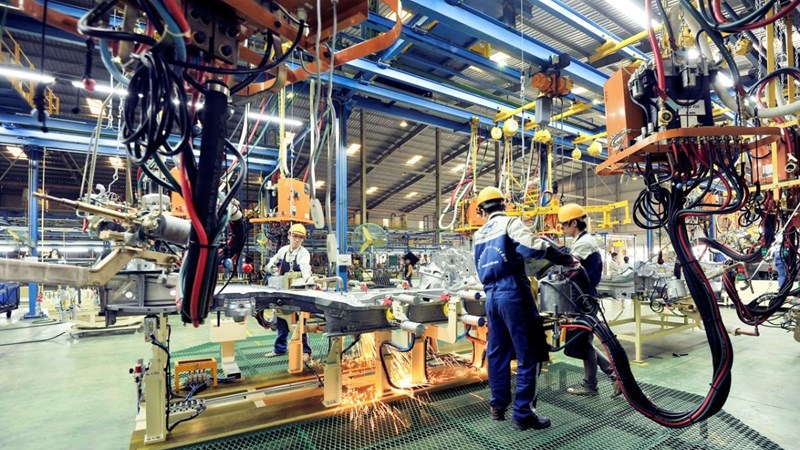
The EVFTA has made significant contributions to the economic development of both sides. In 2021, bilateral trade turnover increase by 14.8% to 63.6 billion USD. Of the total, Vietnam's exports to the EU reached US$45.8 billion, up 14.2 per cent year-on-year, while imports reached US$17.9 billion, up 16.5 per cent from the previous year. UKVFTA, which comes into effect on 1 May 2021, has also shed light on Vietnam's economic picture.
FTAs have contributed to transforming Vietnam's export structure in a positive direction when increasing the proportion of processed goods and reducing the proportion of primary and raw exports.
Competition looms
Trade agreements created a competitive advantage for the Vietnamese exported goodsunfavourable conditions for the penetration of Vietnamese goods into export markets, but also many challenges.
The Regional Comprehensive Economic Partnership (RCEP), which took effect on January 1, 2022, has contributed to promoting Vietnam's a trade and investment with ASEAN countries and five partners (Australia, New Zealand, Japan, China and Korea). However, the effective implementation of the trade agreement may face more challenges because the economic structure of RCEP member countries is similar to that of Vietnam. Luong Hoang Thai, Director of the Multilateral Trade Policy Department, Ministry of Industry and Trade said. "It takes years to inspect the benefits of RCEP and it may not be as significant as the CPTPP and EVFTA".
Due to easier trades of goods among RCEP members, Vietnamese companies may face more competition in both domestic and export markets. Failure to adapt the o new competition mayturn opportunities into challenges.
The EU applies strict quality standards, including regulations on food safety, traceability and prodlabellingling to imported goods. Currently, the default maximum residue limit (MRL) of 0.01 mg/kg is applied to many pesticides, which is a low threshold. In addition, the EVFTA is the EU's first EVFTA in the region but it is negotiating trade agreements with other countries in the region. Therefore, Vietnamese companies need to make the most of opportunities from EVFTA to create a strong position, at the same time enhance investment attraction, promote technology transfer to participating more deeply in the global supply chain.
Mai Anh
Related news
# businesses
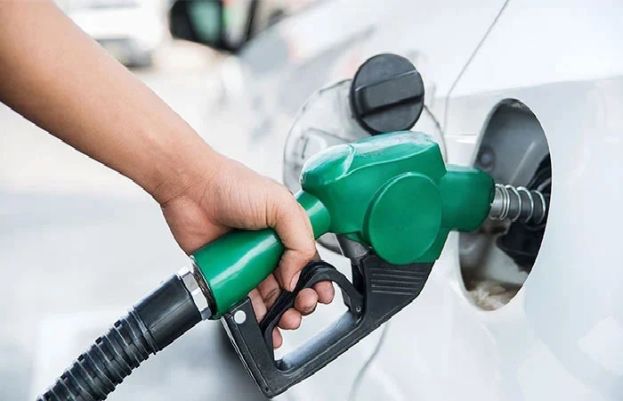
The exodus of fuel distribution and retail companies: Reasons behind the withdrawal
According to the Ministry of Industry and Trade, as many as 16 fuel companies have requested to return their distribution licenses since the beginning of the year.
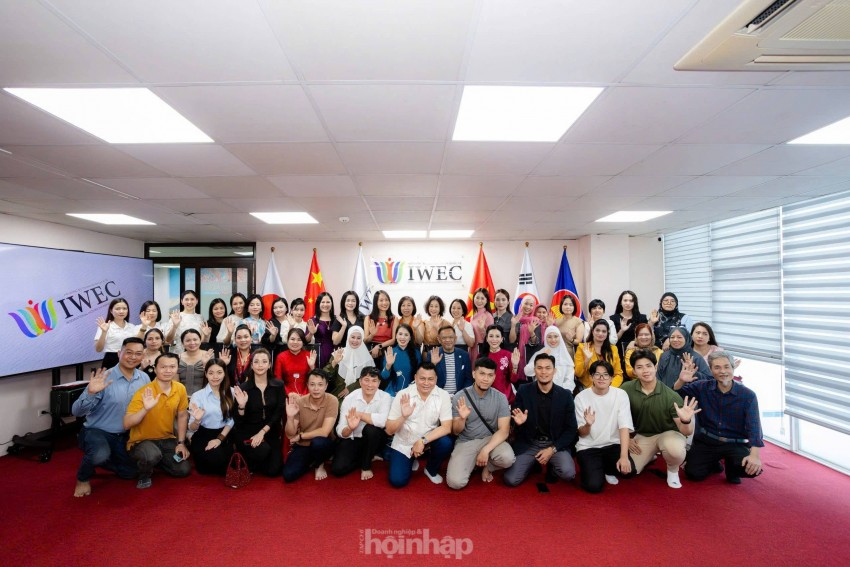
Halal market potential – The key to business success
Recently, IWEC organized the second edition of its Business Coffee program with the theme "Halal Market Potential – The Key to Business Success," attracting a large number of participating enterprises.

Practical application of carbon credits to the economy. Part V: Carbon credits encourage businesses to invest in green initiatives
As climate change becomes increasingly severe, reducing carbon emissions is an urgent task for both governments and businesses. Encouraging businesses to engage in green activities and reduce their carbon emissions is beneficial.
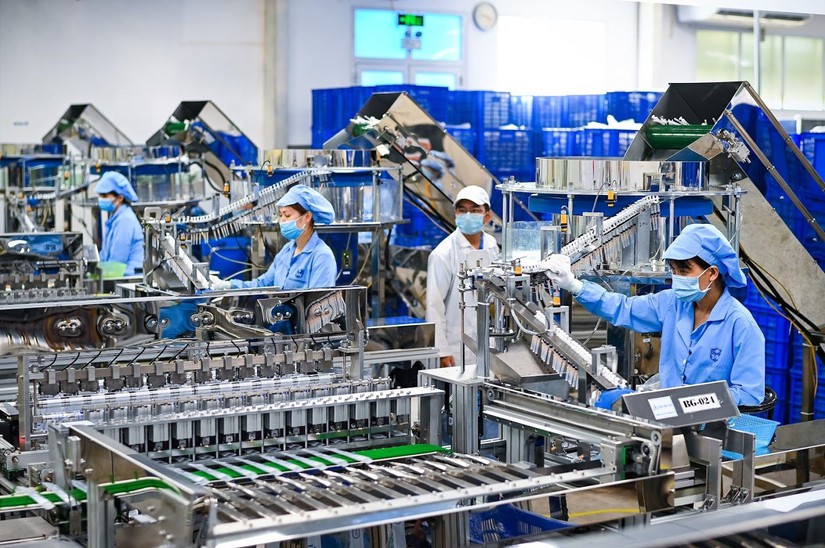
Ho Chi Minh City: Economic recovery, yet the number of businesses exiting the market remains high
In the first eight months of the year, the number of businesses entering the market increased by 8.8%, but the number of businesses withdrawing also rose by 7.4%.

Strategies for innovation to adapt and seize opportunities by enterprises
Our businesses have affirmed creativity and flexibility through applying innovative strategies, enhancing competitiveness. Therefore, the business community is well aware of the importance of innovation to adapt and seize opportunities.

New proposal on petroleum business: Enterprises can have the freedom to set retail prices
In a recent draft, the Ministry of Industry and Trade maintains the viewpoint that enterprises should calculate petroleum prices based on state-published factors.
Đọc thêm Enterprise
List of Vietnam’s 25 Best Workplaces 2025
Great Place To Work® has officially announced the 25 companies featured in the Best Workplaces in Vietnam™ 2025 ranking.
The ambitions of major enterprises in 2025
Major enterprises such as Dabaco, FPT, and KBC have set ambitious plans for 2025, demonstrating flexibility and sharpness in their business strategies.
What do domestic businesses need to overcome difficulties?
Strong and synchronized government support policies are crucial in helping Vietnamese enterprises navigate the current challenging period.
ACV achieved net profit surpassing VND 11,560 billion in 2024
Vietnam Airports Corporation (ACV) has recently announced its 2024 business results, reporting a net profit exceeding VND 11,560 billion, marking a 37% growth compared to the previous year.
Increasing taxes on pick-up trucks: The need to hear public opinion
The proposed tax increase on pick-up trucks is sparking debate. Many representatives argue that this decision could impact workers, businesses, and the domestic automotive market.
"The Vietnam-Korea Investment Cooperation Forum 2024 is a testament to the spirit of innovation and sustainable collaboration."
For Mr. Kim Ki-mun, Chairman of KBIZ, the Vietnam-Korea Investment Cooperation Forum 2024, scheduled for November 21, is not merely an event but also a testament to the spirit of innovation and sustainable collaboration between nations.
KBIZ's 60-year journey in building a solid foundation for South Korea's small and medium enterprise community
With over 60 years of establishment and development, the Korea Federation of SMEs (KBIZ) has emerged as a pioneering force in supporting the small and medium-sized enterprise (SME) community in South Korea.
What categories are included in the additional audit subjects?
On the morning of November 7, the National Assembly discussed the draft amendment of several articles across seven laws, with a particular focus on adding new audit subjects.
Institutional obstacles "tie up" enterprises and challenge economic growth
During a session discussing the 2024 socio-economic development plan, National Assembly deputies emphasized that institutional barriers remain a significant "obstacle" for businesses.
More than 1,000 new real estate businesses established in Ho Chi Minh City, transactions grow
In the first nine months of 2024, Ho Chi Minh City's real estate market witnessed the establishment of over 1,000 new businesses and recorded 1,600 property transactions, signaling a positive recovery trend.



